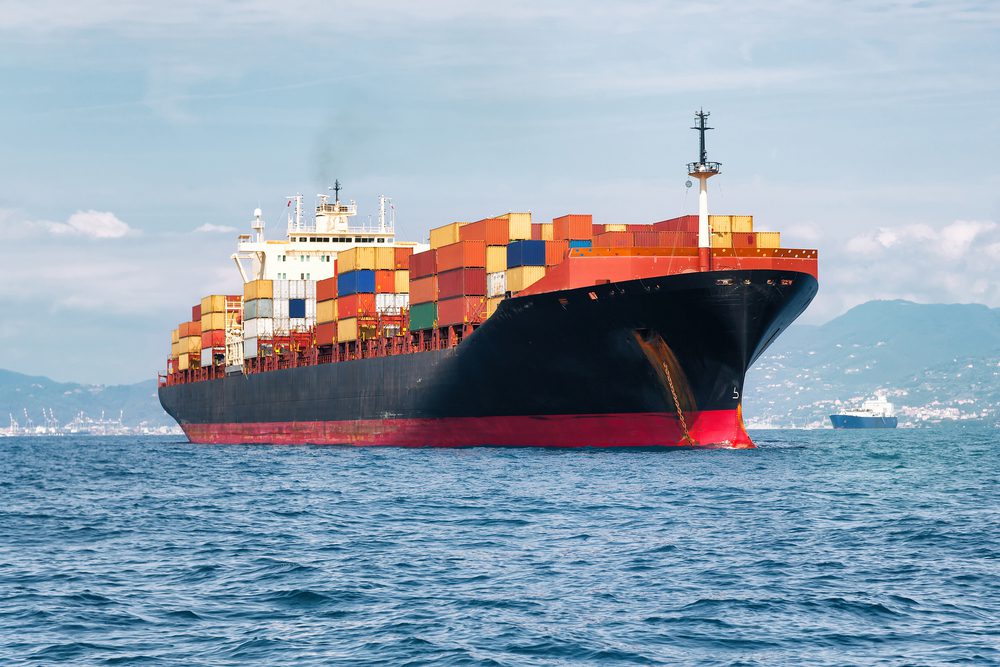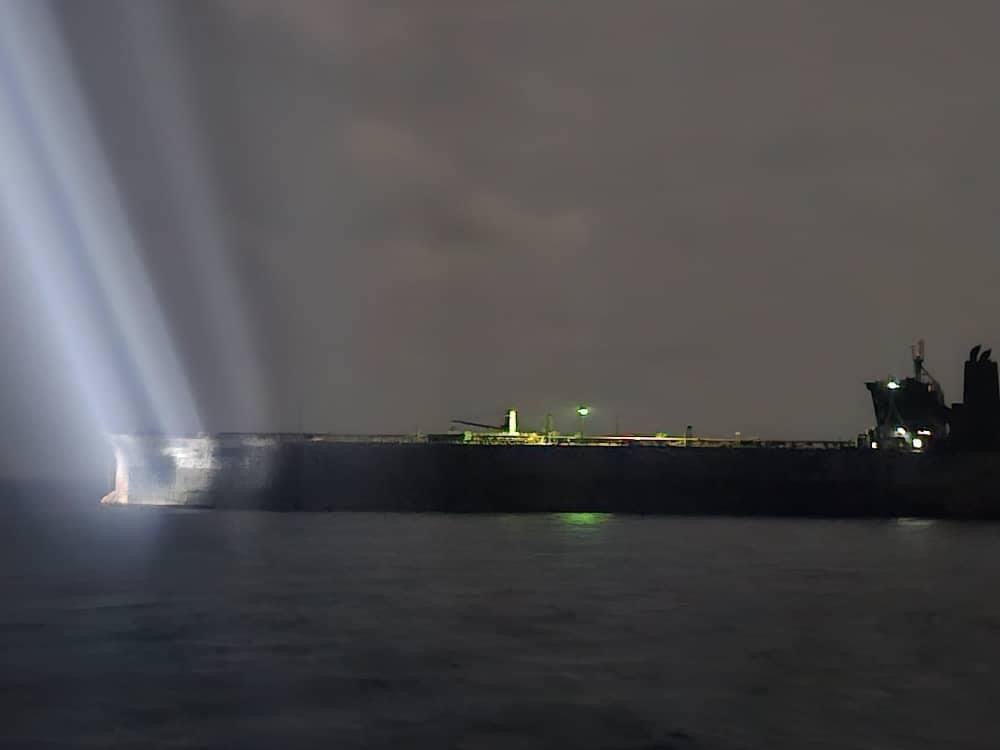By Ann Koh and Elizabeth Low (Bloomberg) —
An increase in vessels being fitted with pollution-reducing kits and unusually strong demand for container shipping is providing a boost to the dirtiest marine fuel.
The number of ships fitted with scrubbers rose by 80% from January through to October, despite activity grinding to a halt in February due to the Covid-19 pandemic, said Stephen Gordon, managing director of Clarksons Research. Most have been installed on container and dry bulk vessels, according to data from DNV GL. Ships need scrubbers if they want to burn high-sulfur fuel oil after the start of new rules this year that mandated the use of cleaner-burning fuels.
Container shipping, meanwhile, remains unusually robust for this time of the year after the coronavirus outbreak upended supply chains, according to data platform Ocean Insights, with fully laden vessels delivering goods from Asia to consumers in the U.S. and Europe. This has contributed to the discount of HSFO to crude narrowing by almost 90% this year.
“We have seen a surge in container vessel activity in recent weeks on top of strong dry-bulk activity, even above 2019 levels,” said Hedi Grati, head of Europe refining and marketing research at IHS Markit. “A considerable share of those ships have got exhaust gas cleaning systems fitted,” he said, referring to scrubbers. “This will keep high-sulfur fuel oil balances tighter for longer.”
Factory activity in some of North Asia’s biggest export-led economies rebounded in November as China’s recovery lifted the region, purchasing managers’ indexes show. Shipping companies are deploying extra ships on routes where there’s a shortage of container boxes.
The unusual surge in trade is tightening supplies of HSFO even as refiners ramp up output amid a recovery in some Asian economies. Of the key marine fuel products sold in Singapore, HSFO was the only fuel to post a month-on-month increase in October, according to government data. There’s also been a recent uptick in demand from nations such as Pakistan and Bangladesh, which are importing more to power utilities during winter, JBC Energy said.
The discount of 380-centistoke fuel oil to Dubai crude was as narrow as 4 cents a barrel on Oct. 30, according to Bloomberg Fair Value data. It was at minus $2.68 late on Tuesday, compared with minus $26.58 at the end of November 2019.
Scrubber Backlog
While Clarksons estimated that scrubbers have been fitted to more than 3,600 ships, that’s still only equivalent to about 3% of the global fleet. The narrowing HSFO discount also means shippers that invested in the kits to take advantage of a cheaper source of fuel aren’t saving as much money as expected.
HSFO margins, meanwhile, are expected to remain supported over the next three months with consumer demand seen elevated until at least the Lunar New Year holiday in February. Overall, HSFO could account for 20% of global marine fuel demand by the end of 2021, up from 10% at the start of this year, according to IHS.
“Over recent months, the backlog at shipyards is being dealt with and so the number of vessels that can run on HSFO is rising, something that can be seen in Singapore,” said Eugene Lindell, a senior analyst at JBC Energy. Margins will average minus $1.40 a barrel during the first quarter of 2021, he said.
© 2020 Bloomberg L.P.

 Join The Club
Join The Club











